Foraging is a fantastic activity for the whole family to enjoy. It gets you out in the fresh air, provides physical exercise, and is an incredibly educational experience.
It’s the perfect way to connect with the environment and nature, but the most appealing thing about foraging is that you can eat fresh, nutritious food for free.
If you’re interested in learning more about the great outdoors, you can discover everything you need to know about coastal foraging in Florida below.
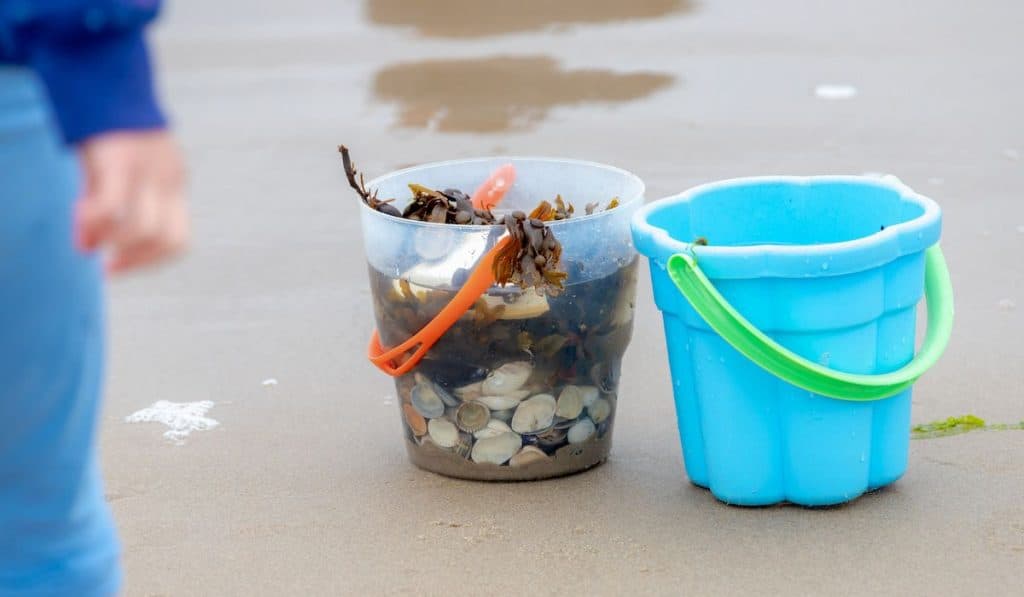
What Is Coastal Foraging?
Foraging is the art of identifying wild, edible plants. It involves roaming the coast, urban areas, or the countryside searching for tasty morsels and is an exciting and rewarding hobby.
Each landscape is home to different edible species. With countryside foraging in woodland and fields, you will find things like plants, berries, and mushrooms.
With coastal foraging, you will find shellfish, seaweed, and coastal plants on dunes, sandy beaches, rock pools, and rugged coastlines.
The Benefits of Coastal Foraging
Coastal foraging is an educational and rewarding hobby that keeps you physically fit and active.
It’s the best way to connect with nature and enjoy delicious fresh food for free.
Let’s take a closer look at the benefits of coastal foraging.
Benefit #1 — You Will Connect With Nature
Foraging is undoubtedly one of the best ways to connect with nature and is a fantastic way to relieve stress.
You will spend many hours outdoors during a foraging trip getting acquainted with plants and learning about the environment and seasonal changes.
Benefit #2 — It’s Good Exercise
Seeking out edible plants is a fantastic form of exercise. As a forager, you will spend lots of time on your feet, walking around and clambering over different terrains to get your rewards.
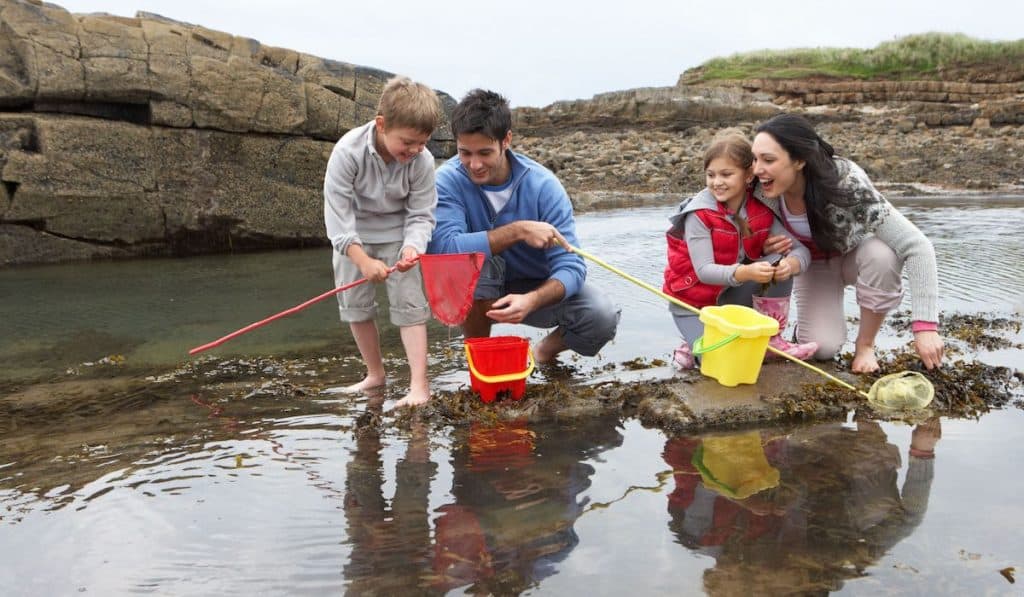
Benefit #3 — Foraging Is Educational
There’s no end to the learning potential that comes with foraging. You’ll learn about different habitats and environments and the relationships that plants have with each other.
Identifying plants is a crucial life skill—and learning what wild food you can eat might save your life one day.
Benefit #4 — You Will Enjoy Fresh, Free Food
Enjoying free food is the most rewarding part of foraging. With coastal foraging, you can enjoy things that are usually expensive to buy, such as lobster, without paying a cent.
Furthermore, the food you find foraging is fresh, unprocessed, preservative-free, and better for your health.
You can enjoy your rewards by cooking on a campfire or preparing a nutritious meal at home.
What You Can Expect to Find on the Florida Coast
The Florida coast is thriving with life, and you can find many edible species along its shores, such as edible plants, seaweed, mollusks, and crustaceans.
Here are four things you can expect to find on a coastal foraging trip in Florida:
#1 — Coastal Plants
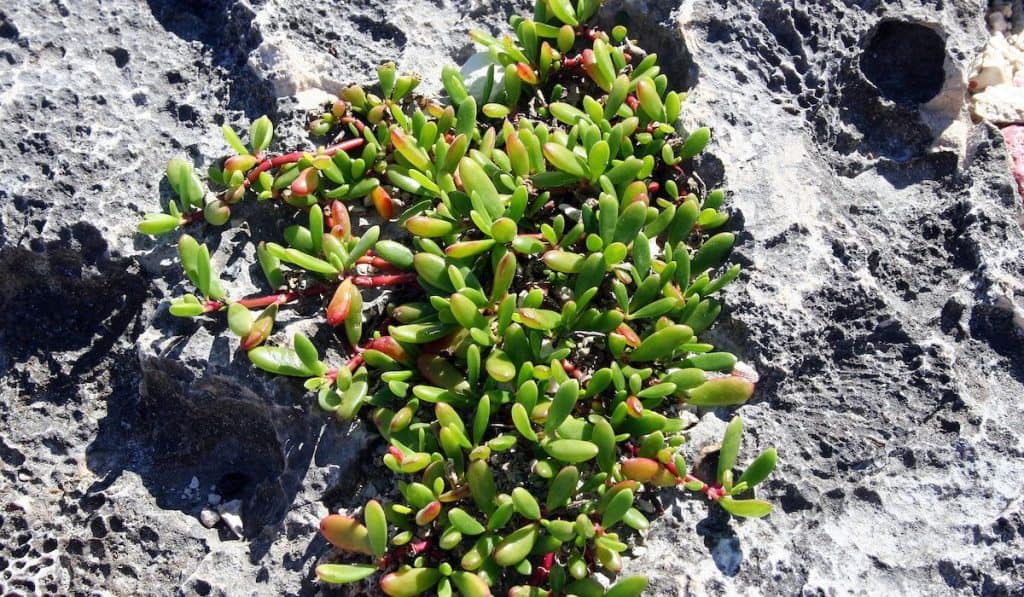
Sea purslane is the most common edible coastal plant—and grows abundantly in dunes.
It has pink stems and pink to green leaves and contains vitamins A and C and many other essential vitamins and minerals.
You can eat this low-calorie, nutrient-dense plant raw or boil it and serve it as a side dish.
#2 — Mollusks

You can find a range of mollusks around the Florida coast, including razor clams, clams, cockles, and scallops. These creatures live in sandy areas, and often, you must dig them out.
Muscles, periwinkle, and oysters live in rocky tide lines or pools—and you will find them attached to rocks.
Only eat mollusks from clean water as they absorb toxins from contaminated areas.
#3 — Crustaceans
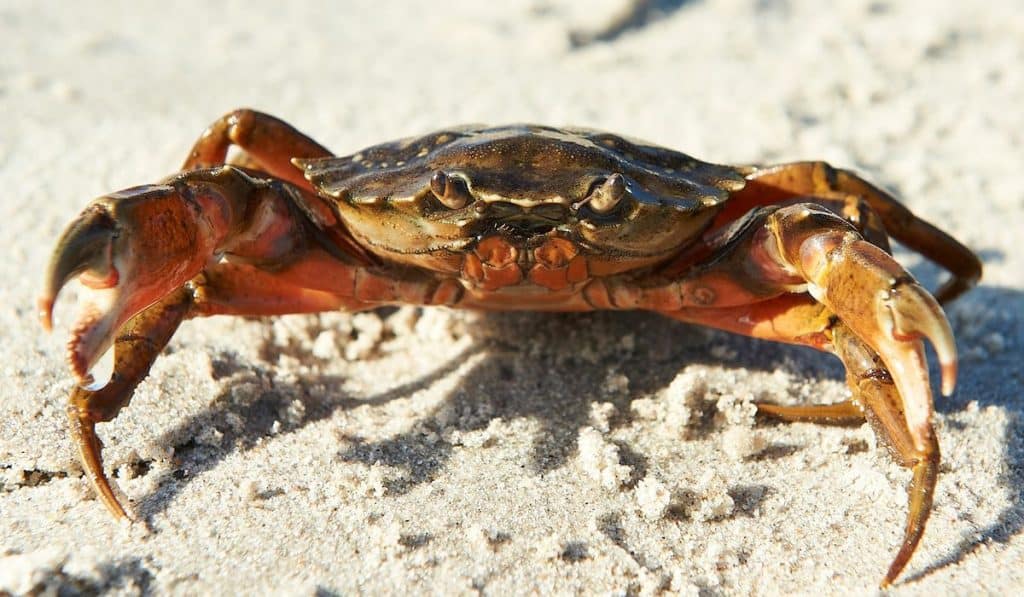
Crustaceans such as crabs and lobsters thrive in Florida, and you will find them at low tide at the water’s edge.
Crabs and lobsters like to hide in rocky areas, and often you will need a hook to get them.
You can also find barnacles attached to rocks on the coast—and catch shrimp and prawns in rock pools at low tide.
#4 — Seaweed
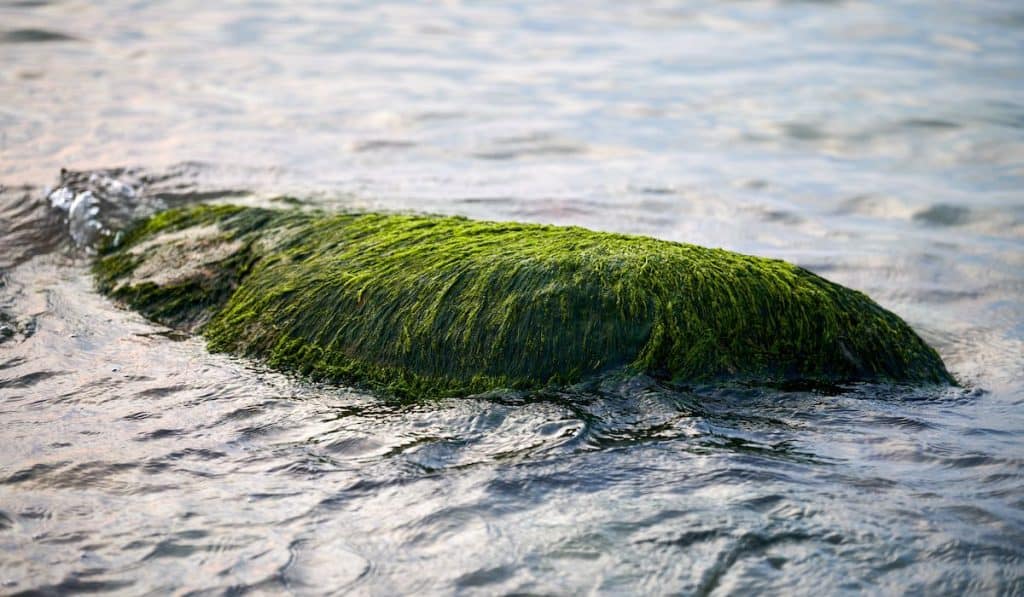
There are many types of seaweed in Florida—and the fantastic thing is that most species are safe to eat.
You can eat seaweed dried or fresh, and it’s a fantastic source of iodine, amino acids, trace minerals, and vitamins.
Only eat seaweed still rooted in the ground rather than loose pieces. Cut the leaves off without disturbing the roots—and don’t take more than a third of the plant.
What Foraging Equipment Do I Need?
For a successful foraging trip, you need several items, including a bag or basket to carry your finds and a knife or scissors to harvest them.
You also need appropriate clothing, footwear, and media to help you identify plants.
Let’s take a closer look at the essential foraging equipment.
Plant Identification Media
Plant identification media is vital for foraging because some plants are poisonous and can cause illness or even death if you eat them. Never eat plants that you can’t identify.
The best way to identify edible species is with books, internet research, or identification apps on your cell phone.
A Storage Container
The best way to store and transport your finds is in a basket or breathable cloth bag. Baskets are ideal for coastal foraging because water can drain from them.
Appropriate Footwear and Clothing

You must wear appropriate clothing and footwear when you forage on the coast because the terrain is incredibly slippery.
Ensure you have waterproof footwear with a good grip, or invest in neoprene shoes. You should also wear appropriate clothing—some people like to wear a wetsuit for coastal foraging.
It’s also a good idea to wear gloves to protect your hands when you harvest shellfish and wear a hat and sunscreen if necessary.
A Knife or Scissors
A knife or scissors are essential items for any foraging trip.
Never pull plants up from the roots. Instead, cut the tops and leave the roots to regrow.
A knife is also the best way to separate shellfish from rocks.
It’s also a good idea to take a small digging tool to unearth shellfish from the mud or sand and a lobster/crab hook to retrieve crustaceans from difficult places.
Coastal Foraging Tips
To get the best from your foraging trip, you should plan it carefully in advance. Never harvest items from contaminated or polluted areas and always respect nature and foraging laws.
Never eat plants you can’t identify, and consider joining a foraging group to learn about local edible plants.
Take a look at the tips below to learn more about safe foraging.
Tip #1 — Avoid Contaminated Areas
Plants and creatures which live in polluted areas are unhealthy to eat, so it’s better to forage in secluded places away from factories and urbanization.
Avoid foraging in areas with heavy boat or human traffic or if pipes are going into the sea, and don’t take creatures living in stagnant water.
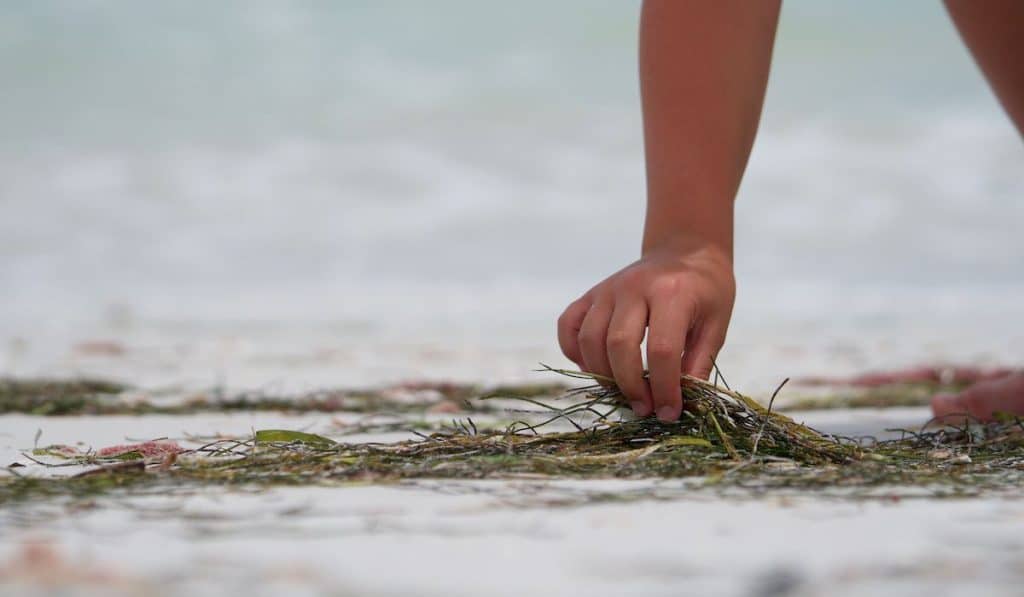
Tip #2 — Never Eat Anything Without a Positive ID
The most important rule of foraging is if you’re in doubt about the identity of a plant or creature, do not eat it.
Some plants are poisonous and can cause severe gastric upset or even death, so always ensure you have a positive ID before you eat anything.
You can join a local foraging group to help build your confidence in identifying edible wild plants.
Tip #3 — Always Respect Nature and the Law
Always respect nature and the law when foraging.
Only take what you need, and don’t damage the habitat or surrounding plants.
Check with your local authority to learn about local environmental laws and harvest restrictions because some species are protected.
You can’t harvest oysters in Apalachicola Bay, for example, and there may also be weight limits and seasonal restrictions in other areas.
Tip #4 — Plan Your Trip Carefully

Coasts can be dangerous, so always plan your trip carefully. Check the weather forecast and high tide times before you go because you can easily become stranded.
Know your route and ensure you always have an easy exit if the weather suddenly changes or the tide comes in. If you go out alone, always tell someone your plans for the day.
Conclusion
Coastal foraging in Florida is fun and rewarding, and educational.
To get the best from your trip, plan it carefully and ensure you have the correct tools and equipment.
Never forage in contaminated areas or eat plants you can’t identify—and respect the environment and local conservation laws.
If you’re unsure about what you can or can’t take—contact your local authority for advice.
Resources
- https://natureroamer.com/coastal-foraging/
- https://killerclamrakes.com/clamming-rules-and-regulations-gulf-coast/
- https://www.lowimpact.org/categories/coastal-foraging
- https://www.lowimpact.org/categories/coastal-foraging
- https://britishlocalfood.com/what-is-foraging/
- https://hobbyknowhow.com/coastal-foraging-southern-california/
- https://myfwc.com/fishing/saltwater/recreational/shellfish/
- https://thehgsociety.com/2021/02/15/foraging-sea-purslane/
- https://www.popsci.com/story/diy/wild-ocean-edibles-coast-forage/




